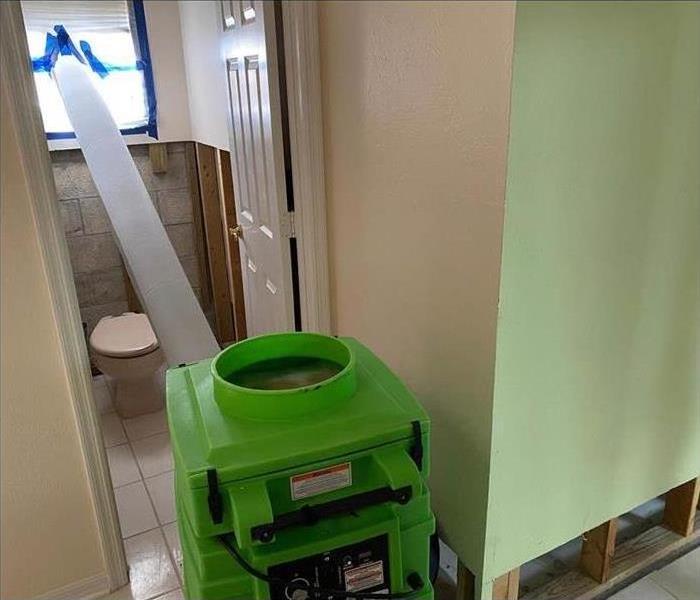The Cleanup Process After a Flood
5/25/2022 (Permalink)
After a Flood, How to Clean Up
Dealing with the aftermath of a flood can be devastating for homeowners. Looking at the remnants of their lives as they float contaminated by potential black water is a struggle most people fear. Thankfully, floods do not have to destroy all memories; through content cleaning and the disaster cleanup process, water remediation services in Captiva Island, FL, claim more than you think can be salvaged.
1. Water Excavation
Still, before a company or homeowner can discover what contents are potentially salvageable, they must remove the water from the property. Excavation can begin immediately if the flooding is only located on the property. However, if the area is flooded, you will likely have to wait until exterior water levels recede.
Once water can be removed, it is performed by equipment and not manual means. Services will use pumps and shop vacs to eliminate the water as quickly as possible.
2. Debris Elimination
Following the water excavation, a remediation service will walk the disaster site to process all debris. Anything that is clear trash or unsalvageable will be appropriately discarded. If contents were affected by black water, the service would take special precautions to ensure everyone's safety.
3. Property Drying
When the site is clean of water and debris, the company you choose can begin drying the structure. Drying time will vary based on the extent of the flooding. The team will use fans, air movers, and dehumidifiers to help speed the process along.
4. Content Cleaning and Restoration
Any items that can be salvaged will likely be moved offsite to be cleaned and treated. The restoration company will focus on restoring the house to pre-disaster conditions by installing new drywall, flooring, etc.
Dealing with the aftermath of floods is about more than content cleaning. With the help of mitigation service, homeowners can successfully navigate the cleanup and restoration process.






 24/7 Emergency Service
24/7 Emergency Service
